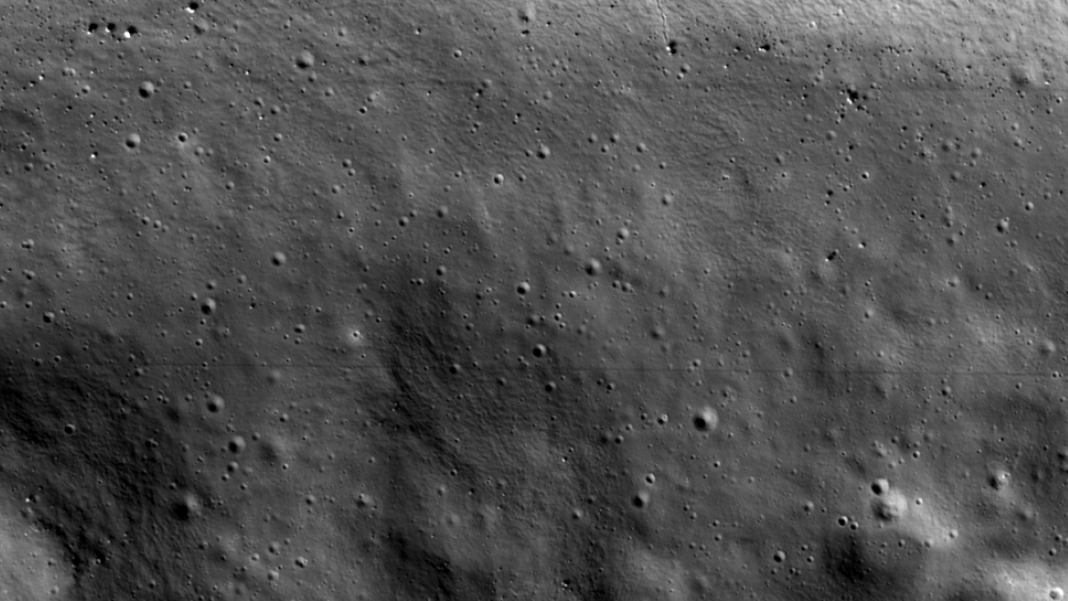SOUTH KOREA: NASA’s ShadowCam has captured a stunning image of a crater rim near the lunar south pole, illuminating the darker regions of the moon with unprecedented detail.
The camera is 200 times more sensitive than those on NASA’s Lunar Reconnaissance Orbiter and has detected faint reflected light to reveal the dimly lit, permanently shadowed regions, or PSRs.
The latest image, taken on Feb. 28, shows differences in the lighting of craters inside and outside the rim of the 2.85-mile-diameter Marvin crater.
The differences in lighting were due to the scattered light being reflected off nearby mountains, making ShadowCam an ideal tool to shed light on the moon’s PSRs.
The ShadowCam is operating aboard the Korea Aerospace Research Institute’s Danuri spacecraft, which entered lunar orbit in December 2022.
ShadowCam can provide high-resolution images that could help researchers study lunar evolution and water trapped as ice in shadowed regions and assist in site selection for crewed Artemis missions.
The new image of Marvin crater has significant implications for lunar exploration.
The crater, named after pioneering planetary geologist Ursula Marvin, is in permanent shadow, making it a prime target for study by ShadowCam.
The camera’s sensitivity allows it to detect faint light in PSRs, revealing details never seen before.
With ShadowCam’s super-sensitivity, researchers can detect scattered light from nearby mountains that illuminate the crater’s interior, providing clues about the direction of lighting experienced by nearby craters.
NASA has hailed ShadowCam’s capabilities, saying that the high-resolution images it collects could provide essential information for lunar exploration.
The data could help researchers understand lunar geology, locate water trapped as ice in shadowed regions, and select suitable landing sites for crewed Artemis missions.
While ShadowCam is at the forefront of lunar exploration, Danuri has also been busy deploying its other payloads.
The spacecraft has returned images from its primary camera, providing valuable data on the lunar surface.
With ShadowCam’s unprecedented capabilities, researchers can unlock a treasure trove of information about our celestial neighbor.
Also Read: NASA Receives $27.2 Billion Budget for Scientific Exploration in 2023–24



